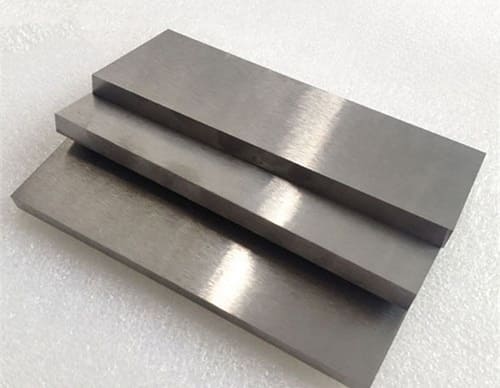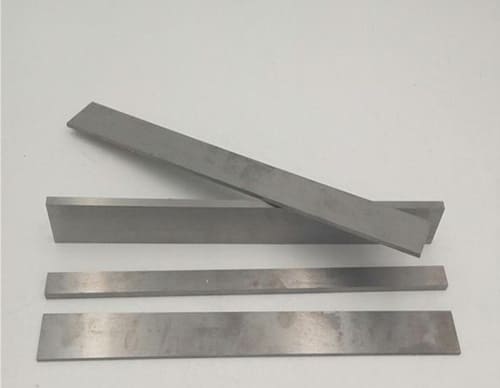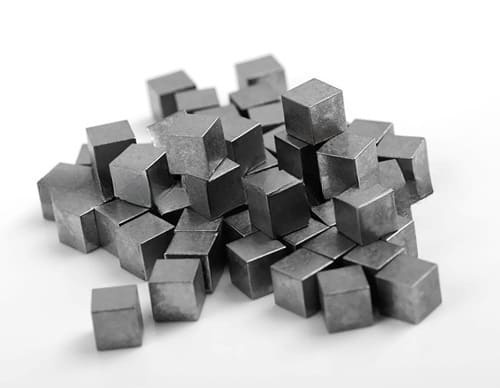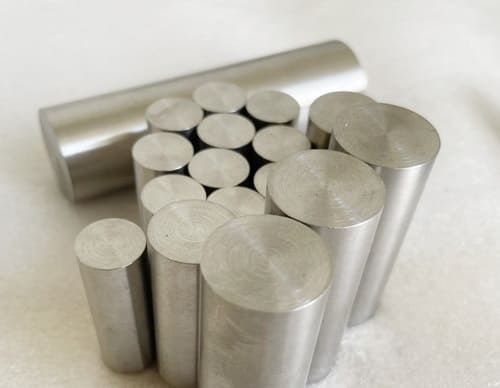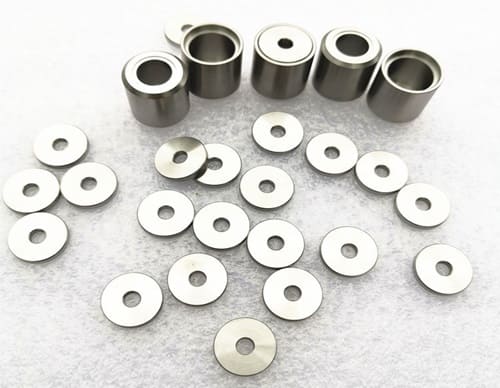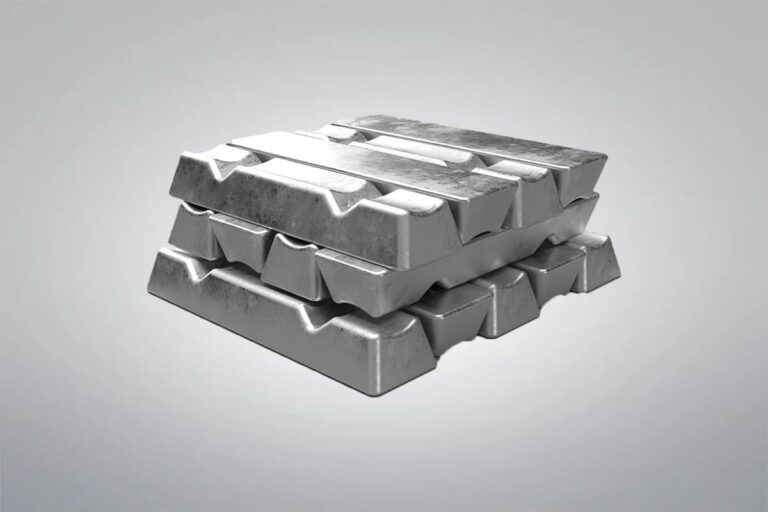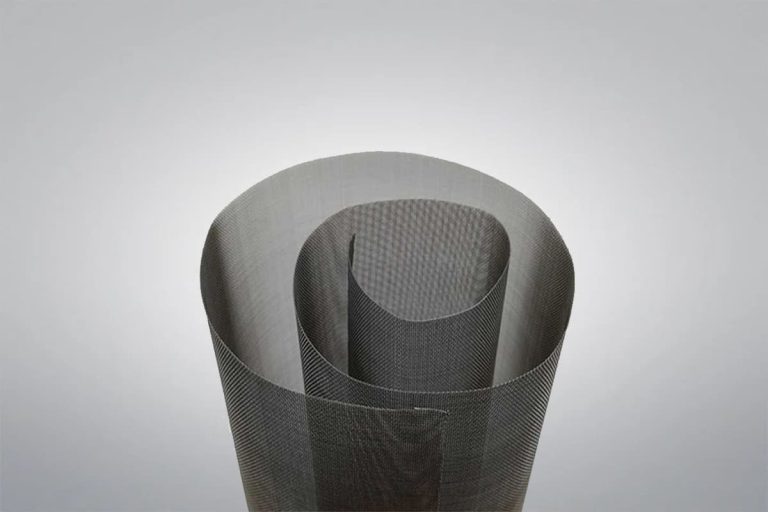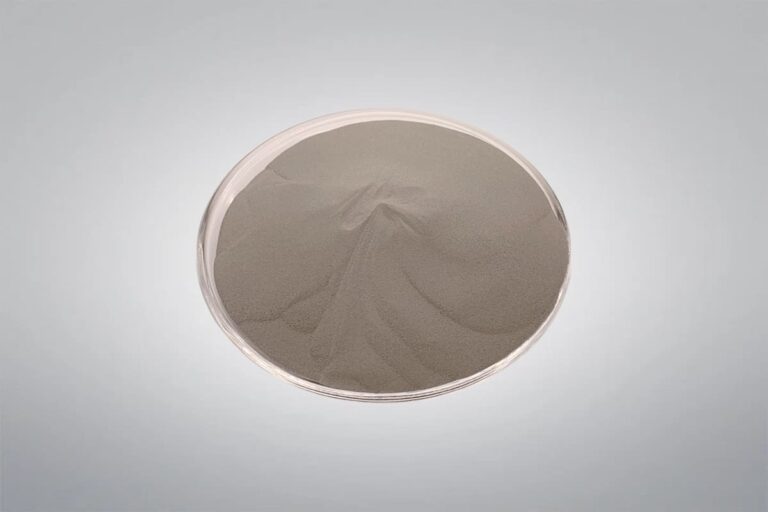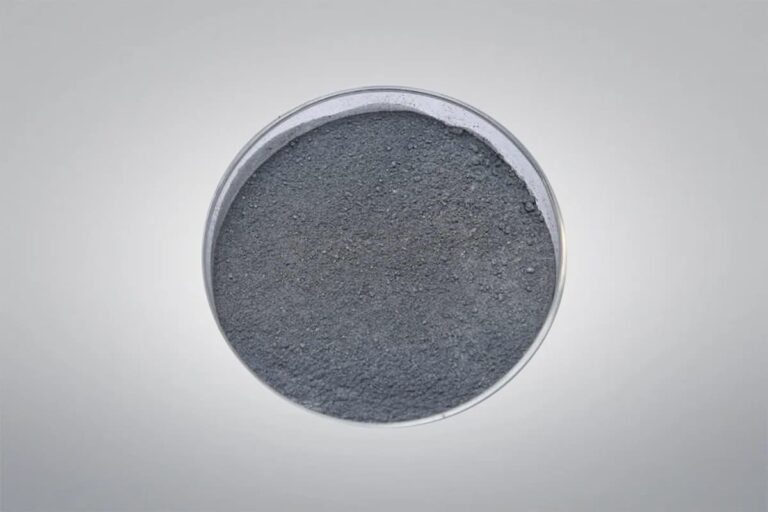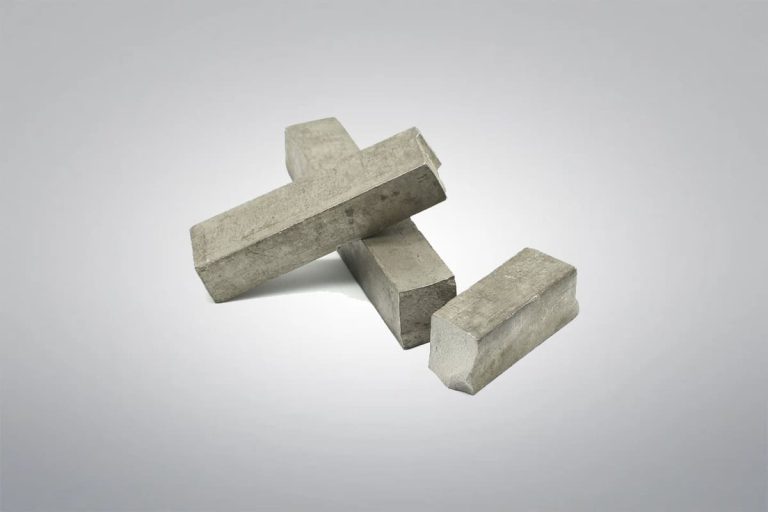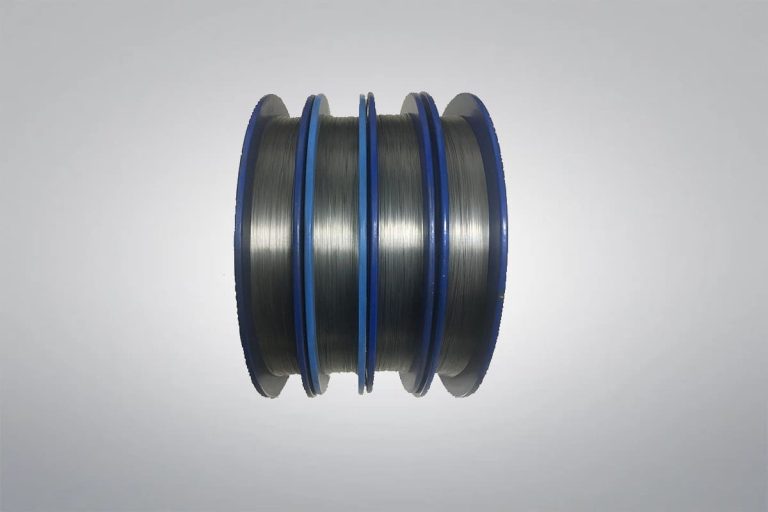Tungsten Heavy Alloy
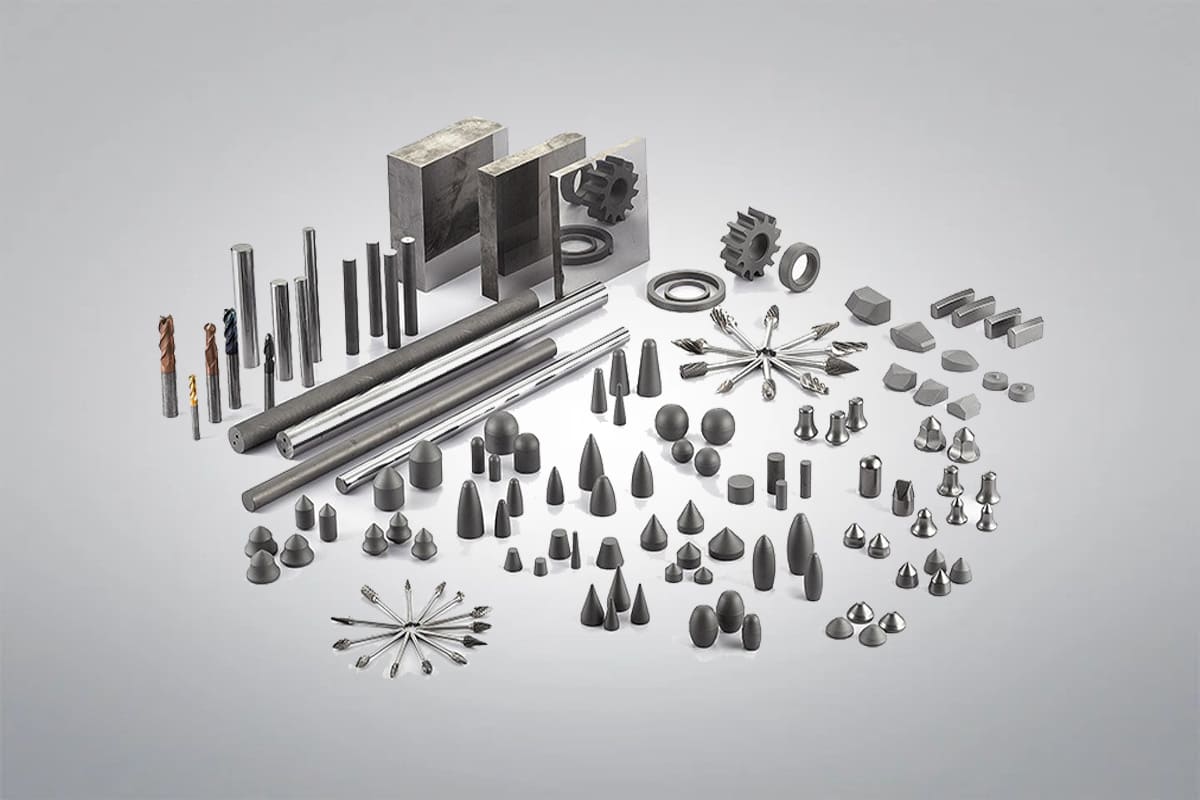
Tungsten Heavy Alloy
Material: WNiFe, WNiCu, WNiCo
Reference: HMWW1119
Tungsten Heavy Alloy is composed of tungsten as a base with a small amount of nickel, iron, copper, and other alloying elements, exhibiting high density, low coefficient of thermal expansion, high strength, and high modulus of elasticity. As a leading supplier and manufacturer of premium tungsten products, Heeger Materials leverages advanced technology to deliver high-purity tungsten heavy alloys for wide ranges of applications.
Or email us at max@heegermaterials.com.Tungsten Heavy Alloy Data Sheet
| Reference: | HMWW1119 |
| Material: | WNiFe, WNiCu, WNiCo |
| Temper: | Annealed and Unannealed |
Tungsten Heavy Alloy
Tungsten Heavy Alloy (WHA), also known as tungsten-based alloy, is primarily composed of tungsten combined with small amounts of nickel, iron, copper, cobalt, and other alloying elements. It offers an exceptionally high density of up to 18.5 g/cm³, excellent radiation shielding capabilities, and a low coefficient of thermal expansion. HM provides high-precision tungsten heavy alloy products in various forms, including rods, plates, sheets, bars, blocks, pellets, and discs, all crafted to ensure exceptional quality and customer satisfaction. We manufacture large, complex parts using isostatic pressure molding technology, while smaller parts are produced through extrusion, molding, and injection molding techniques. Additionally, rods and sheets are fabricated using forging and rolling processes.
WNiCu Alloy Plate WNiCu Alloy Bar WNiCu Alloy Block WNiFe Alloy Rod WNiFe Alloy Custom Parts
Tungsten Heavy Alloy Specifications
| Material Name | HM-17C | HM-17F | HM-175 | HM-18C | HM-18F | HM-185 |
| Material | 90% W 6% Ni 4% Cu | 90% W 7% Ni 3% Fe | 92.5% W 5.25% Ni 2.25% Fe | 95% W 3.5% Ni 1.5% Cu | 95% W 3.5% Ni 1.5% Fe | 97% W 2.1% Ni 0.9% Fe |
| Density, grams/cubic centimeter | 17 gm/cc | 17 gm/cc | 17.5 gm/cc | 18 gm/cc | 18 gm/cc | 18.5 gm/cc |
| Density, lbs/in³ | 0.614 | 0.614 | 0.632 | 0.65 | 0.65 | 0.668 |
| Mil. Spec T-21014D | Class 1 | Class 1 | Class 2 | Class 3 | Class 3 | Class 4 |
| ASTM-B777 | Grade 1 | Grade 1 | Grade 2 | Grade 3 | Grade 3 | Grade 4 |
| Type | Type II & III | Type II & III | Type II & III | Type II & III | Type II & III | Type II & III |
| AMS 7725E | Class 1 Type 1 | Class 1 Type 2 | Class 2 Type 2 | Class 3 Type 1 | Class 3 Type 2 | Class 4 Type 2 |
| Other Material Names | HA170C, HD 17, Dens21, CMW 1000, K1701, M1000 | HA170, HD 17D, HD17BB, SD170, CMW 3000, K1700, M3000 | HA175, HD 17.5, SD175, K1750 | HA180C, HD 18, Dens25, CMW 2000, K1801, M2000 | HA180, HD 18D, SD180, CMW 3950, K1800, M3950 | HA185, HD 18.5, SD185, CMW 3970, K1850 |
Tungsten Heavy Alloy Properties
| Material Name | HM-17C | HM-17F | HM-175 | HM-18C | HM-18F | HM-185 |
| Hardness, Rockwell C | 24 | 25 | 26 | 27 | 27 | 28 |
| Ultimate Tensile Strength; PSI | ≥94,000 | ≥110,000 | ≥110,000 | ≥94,000 | ≥105,000 | ≥110,000 |
| Yield Strength, .2% Offset; PSI | ≥75,000 | ≥75,000 | ≥75,000 | ≥75,000 | ≥75,000 | ≥75,000 |
| Elongation. % in 1″ | ≥2 | ≥5 | ≥5 | ≥2 | ≥3 | ≥2 |
| Proportional Elastic Limit; PSI | 45,000 | 52,000 | 46,000 | 45,000 | 44,000 | 45,000 |
| Modulus of Elasticity; PSI | 40 x 10E6 | 45 x 10E6 | 47 x 10E6 2 | 45 x 10E6 | 50 x 10E6 | 53 x 10E6 |
| Coefficient of Thermal Expansion x 10E-6/C (20C-400C) | 5.4 | 4.8 | 4.6 | 4.4 | 4.6 | 4.5 |
| Thermal Conductivity; CGS Units | 0.23 | 0.18 | 0.2 | 0.33 | 0.26 | 0.3 |
| Electrical Conductivity; %IACS | 14 | 10 | 13 | 16 | 13 | 17 |
| Magnetic Properties | NIL | Slightly Magnetic | Slightly Magnetic | NIL | Slightly Magnetic | Slightly Magnetic |
Tungsten Heavy Alloy Features
- High density: ~ 18.8 g/cm³
- High strength: tensile strength of 700-1000Mpa
- Shielding ray ability: In the same thickness conditions, tungsten alloy ray shielding ability is more than 1.7 times that of lead. When the ray is stronger, the difference between the two shielding ray abilities is more and more obvious.
- Large thermal conductivity: The thermal conductivity of tungsten alloy is 5 times that of mold steel.
- Small coefficient of thermal expansion: 4 ~ 6 × 10-6 / ℃, only iron or steel 1/2-1/3
- Good plasticity, workability, and weldability
- Compared with the toxicity of lead, tungsten alloy material has environmentally friendly characteristics. The use of tungsten alloy shielding parts in the manufacture of radiation detectors does not jeopardize human safety.
- Compared with tungsten-nickel-copper alloy, tungsten-nickel-iron alloy has a certain ferromagnetism, and its mechanical properties and processing performance are better than tungsten-nickel-copper alloy.
Tungsten Heavy Alloy Production Process
- Mixing: The tungsten powder is mixed with other metals in the desired proportions.
- Pressing: The mixed powder is pressed into the desired preliminary shape, such as cylinders, blocks, etc.
- Sintering: The pressed parts are sintered at high temperatures, forming a dense solid material.
- Annealing: The sintered products undergo an annealing process to remove internal stresses and improve toughness and ductility.
- Machining: Precision machining processes, such as turning, milling, and grinding, are applied to the sintered parts to achieve final dimensions and shapes.
- Heat Treatment: The alloy undergoes additional heat treatment to optimize properties such as hardness, strength, or other physical characteristics.
- Surface Treatment: If required, surface treatments (such as coating, passivation, etc.) are applied to enhance corrosion resistance, hardness, or other properties.
Tungsten Heavy Alloy Machining Service
HM has advanced machining centers equipped with various high-precision processing equipment, enabling us to offer multiple machining services such as turning, milling, grinding, and drilling. Whether for large-scale production or customized small-batch orders, we guarantee high precision and performance to meet customer’s specific requirements. The following are methods we will use during processing:
- Isostatic Pressing
- Forging
- Extrusion
- Molding
- Injection Molding
- Rolling
- Electrical Discharge Machining (EDM)
- Milling
- Turning
Tungsten Heavy Alloy Applications
- Aerospace: Tungsten Heavy Alloy is commonly used to manufacture counterweights for aircraft and spacecraft.
- Automotive: Tungsten Heavy Alloy can be used to manufacture crankshaft balancing blocks and chassis counterweights to reduce vibration and noise.
- Medical Equipment: Tungsten Heavy Alloy is commonly used in medical radioactive shielding materials, such as protective canisters and shielding syringes.
- Military: Tungsten Heavy Alloy can manufacture armor-piercing bullets and other high-density ammunition.
- Sports Equipment: Tungsten Heavy Alloy is also often used as counterweights for golf clubs, tennis rackets, and skis to improve balance and maneuverability.
Tungsten Heavy Alloy Packaging
The Tungsten Heavy Alloy is carefully placed in wooden cases or cartons with additional support from soft materials to prevent any shifting during transportation. This packaging method guarantees the integrity of the products throughout the delivery process.
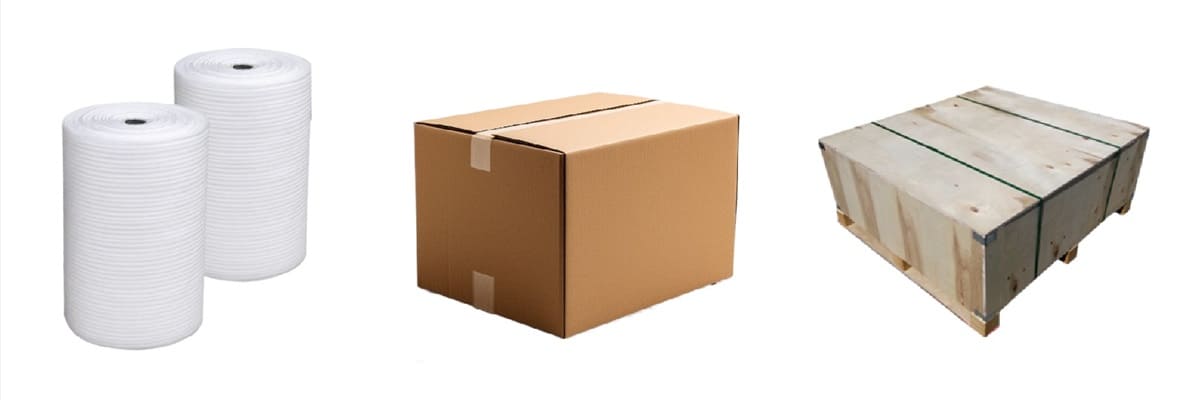
Tungsten Properties
Download
Get A Quote
We will check and get back to you in 24 hours.
Other Tungsten Products
Heeger Metal provides a wide range of tungsten and tungsten alloy products, from powders to finished components, with customization options available. Known for their outstanding strength, high melting point, and excellent wear and corrosion resistance, these materials are ideal for aerospace, electronics, and industrial applications. Our high-purity tungsten ensures exceptional durability and performance in even the most extreme conditions.

